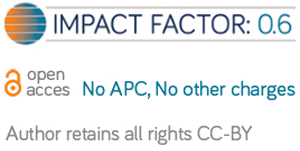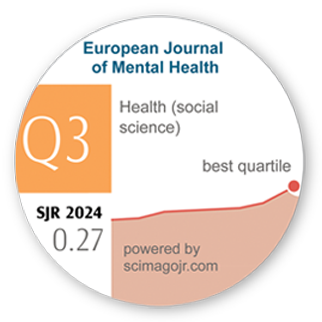What Kind of a Right is the ‘Right to Die’?
DOI:
https://doi.org/10.1556/EJMH.4.2009.2.1Keywords:
right to die, kinds of rights, kinds of arguments, assisted dying, euthanasiaAbstract
Those who argue in favor of a putative right to die rarely look carefully at what kind of a right such a right might be. Yet deciding whether we have a particular right requires understanding what it means to have a right in the first place as well as what kinds of rights in fact exist. In this paper, I use philosopher Judith Jarvis Thomson’s discussion of the concept of a moral right and her analysis of rights as a basis for exploring a crucial question in doctor–patient relations when end-of-life care is at issue: If there is a right to die, what kind of a right is it? Thomson applies to the realm of moral rights the distinctions Wesley Newcomb Hohfeld made regarding legal rights. Briefly put, it turns out there are four different kinds of rights: claims, privileges, powers, and immunities. The task I have set myself is to see what emerges from using the Hohfeld–Thomson analysis of rights to evaluate common arguments put forward by those who support the idea of a ‘right to die’. I will consider three such arguments: the Argument from Law, the Argument from Autonomy, and the Argument for Assistance. Each of these arguments yields what Thomson calls a ‘cluster-right’. A right to die seems best supported by the Argument from Autonomy. Yet the Argument for Assistance is the one most people seem implicitly to rely on when they talk about having a right to die; I therefore focus my primary attention primarily on it. This argument remains unpromising, however, as a consequence of which it turns out that even if a right to die exists, it may be a fairly limited right after all. I conclude with a reminder that whether for a physician to give assistance in dying to a patient who invokes a right to die is the right thing to do can in any case not be deduced from a dying patient’s right to die.






